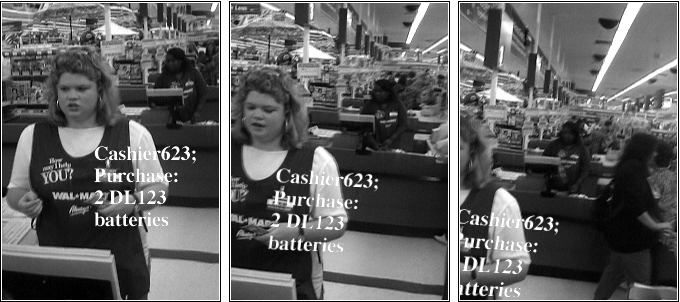
Safety, health, wellness, personal security, etc.. Ingle International (Ingle Insurance) has already expressed interest in this invention, and they could, for example, be the remote service provider. In this application, a remote call centre or crisis centre is setup 1-way (e.g. covert) or 2-way (e.g. where an attacker or assailant is made aware of the remote connection and actually is being talked to by the remote party). Another example application is to help in addressing bullying. Presently persons with special needs are often bullied others, inluding police or security guards, due to the fact that people with special needs often act differently than others, and acting differently is seen as suspicious.
The PSD might have saved the life of Sammy Yatim, and others suffering from mental challenges, who otherwise end up being shot dead by police because of differences in their responses or actions. In this case, the PSD makes it known to the potential attacker (whether the attacker is a civilian or a guard or an officer) that the attacker is being watched by a remote entity. Much like the big screen TV at the entrance to a shopping mall, the PSD can include a wearable video screen that shows a video conference call with a remote call centre like Ingle International, a company that already has extensive experience with tense standoffs like hostage negotions and hostile attackers.